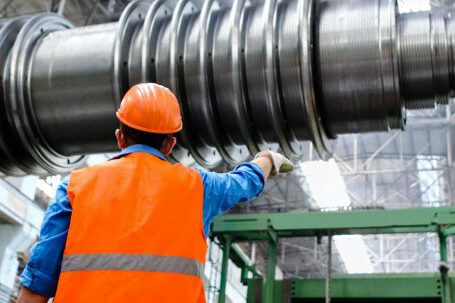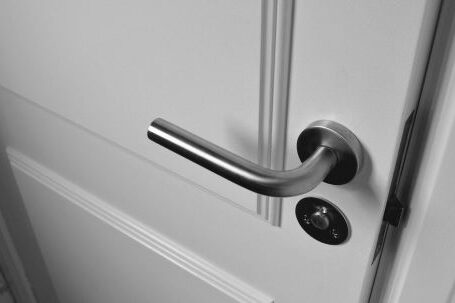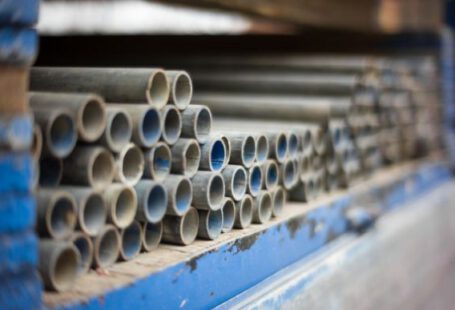Introduction
Having a functional and well-maintained bathroom is essential for any household. However, plumbing problems can often arise, causing inconvenience and frustration. From leaky faucets to clogged drains, these issues can disrupt our daily routines. In this article, we will explore some of the most common bathroom plumbing problems and provide you with effective fixes to resolve them.
1. Leaky Faucets
Leaky faucets are not only annoying but can also result in water wastage and increased utility bills. The most common cause of a leaky faucet is a worn-out washer. To fix this issue, you can start by shutting off the water supply to the faucet and then disassembling the handle. Once you have removed the old washer, replace it with a new one. Reassemble the handle, turn on the water supply, and the leak should be resolved.
2. Clogged Drains
Clogged drains are a frequent plumbing problem in bathrooms, often caused by a buildup of hair, soap scum, and other debris. One effective fix for this issue is using a plunger. Place the plunger over the drain and create a tight seal. Push and pull the plunger rapidly to create suction, which will dislodge the clog. If the clog persists, you can try using a plumbing snake to remove it. Insert the snake into the drain and rotate it until you feel resistance. Pull out the snake, along with the clog, and flush the drain with hot water.
3. Running Toilets
A running toilet is not only a nuisance but can also waste a significant amount of water. The most common cause of a running toilet is a faulty flapper valve. To fix this issue, start by turning off the water supply to the toilet. Remove the tank lid and locate the flapper valve at the bottom of the tank. Inspect the flapper for any signs of damage or wear. If necessary, replace the flapper with a new one. Turn on the water supply and check if the running has stopped.
4. Low Water Pressure
Low water pressure can make it difficult to perform basic tasks in the bathroom, such as showering or washing hands. One common cause of low water pressure is mineral buildup in the faucet aerator or showerhead. To fix this issue, unscrew the aerator or showerhead and soak it in a mixture of vinegar and water for a few hours. Once the mineral deposits have dissolved, rinse the aerator or showerhead thoroughly and reattach it. You should notice an improvement in water pressure.
5. Sewer Odors
Unpleasant sewer odors in the bathroom can make it an unpleasant space to be in. The most likely culprit for these odors is a dried-out P-trap. The P-trap is a U-shaped pipe located beneath the sink or shower drain that prevents sewer gases from entering the bathroom. To fix this issue, simply pour water down the drain to refill the P-trap. If the odor persists, you may need to check for any leaks or cracks in the pipes and repair them accordingly.
Conclusion
In conclusion, common bathroom plumbing problems can be frustrating but can usually be resolved with simple fixes. From leaky faucets to clogged drains, understanding the causes and implementing the appropriate solutions can help you maintain a fully functional bathroom. By following the tips provided in this article, you can save money on utility bills, reduce water wastage, and ensure a comfortable bathroom experience for yourself and your household.



